Shopify Success Guide: Highest Margin Products to Sell in 2025

Success in e-commerce, especially on Shopify, isn't just about driving traffic or chasing the latest trend. It's about choosing the right products with strong profit potential. As 2025 unfolds, Shopify store owners are shifting their focus from fast-selling items to those with higher margins, which boosts long-term growth.
To stay ahead, online sellers need more than good instincts. Tools like PriceMole enable you to track market shifts, monitor competitor prices, and automate smart pricing decisions in real-time, ensuring you remain competitive without compromising your margins.
What Is a High-Profit Margin Product?
A high-profit margin product is simply one that generates a significantly higher profit per sale. It costs you less to make or source the product than the price customers pay for it. In other words, it's a product that allows you to make a substantial profit, which is crucial for the success of your e-commerce business.
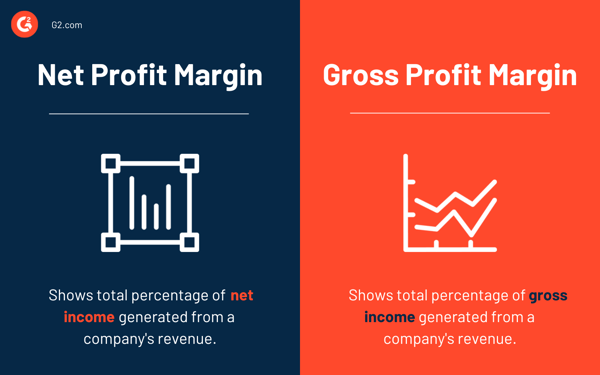
For example, imagine you sell custom t-shirts for $12, but it costs you $11 to make one. Your profit for each shirt is just $1. But if you raise the price to $20 without increasing production costs, your profit per shirt jumps to $9. This illustrates the difference between a product with a low and a high profit margin.
How to Calculate Profit Margin
Calculating profit margin is simple and straightforward, even for those new to e-commerce:
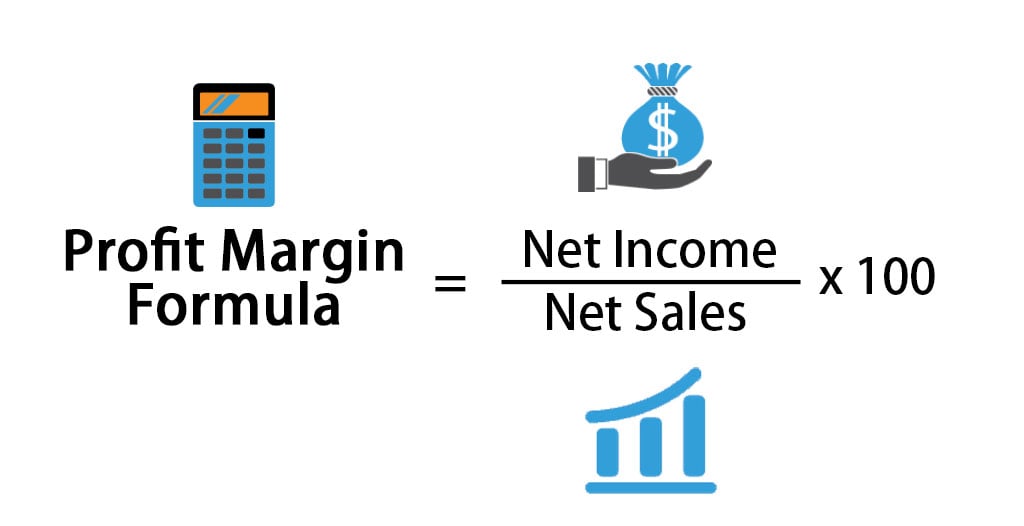
The retail price is what your customer pays for the item. Production costs include all expenses incurred to make or acquire the product, such as raw materials, manufacturing, labor, and shipping.
Why High-Profit Margin Products Matter
High-profit margin products are not just a part of your business, they are the key to growing your business. They give you more money from each sale, making them essential when you’re spending money on marketing and advertising. They help you make more from your efforts, keeping you motivated and focused on your profitability.
For example, let’s say you have two products priced at $100. Product A costs you $88 to make, while Product B costs only $61. Even though the customer pays the same price for both, you make $12 on Product A and $39 on Product B. So, Product B, with the higher profit margin, is a smarter choice for your store.
Comparing Profit Margins Across Industries
Profit margins aren’t just useful for tracking how your business is performing over time—they’re also commonly used to compare businesses within the same industry. But be cautious: comparing margins across completely different sectors can be misleading.
For example, industries like retail or transportation often generate large revenues with fast-moving inventory. However, their profit margins tend to be lower, since operating costs are high. On the other hand, luxury goods or technology products may sell in lower volumes, but yield higher profits per unit, resulting in much higher profit margins.
To put this into perspective, take a look at four major companies: Microsoft, Alphabet (Google), Walmart, and Target.

Between 2015 and early 2024, Microsoft and Alphabet consistently posted high double-digit profit margins thanks to their software and digital product offerings. In contrast, Walmart and Target reported single-digit profit margins. But that doesn’t mean they were less successful. Their business models differ, built around volume and accessibility rather than high profits per unit.
That’s why it’s best to compare profit margins between similar companies within the same niche. If you’re running an online store, benchmark your profit margins against other e-commerce sellers in your category, not software giants or brick-and-mortar chains.
High-Margin Product Categories to Explore in 2025
1. Digital Products & Subscriptions
Margin Potential: Up to 100%

According to Shopify, digital products are intangible goods like e-books, online courses, music, software, and NFTs that are delivered electronically without the need for physical inventory.
Products like e-books, online courses, and software subscriptions are perfect for high margins. Once created, they cost almost nothing to distribute, so every sale brings in significant profit.
They also offer other advantages—low costs, instant delivery, and flexible monetization models such as subscriptions or one-time sales. With growing demand in e-learning, AI content, and blockchain assets, they open new revenue opportunities.
The main challenges are standing out against free alternatives and addressing piracy risks, making strong branding and protection strategies important.
2. Health & Wellness
Margin Potential: 50–300%

The global health and wellness market is valued at $6.88 trillion in 2025 and is projected to grow to $9.67 trillion by 2029, at a strong CAGR of 8.9%.
Rising health awareness, sustainable lifestyle choices, and innovations in areas like personalized nutrition, wellness tourism, and tech-powered health solutions fuel growth.
3. Home & Office Decor
Margin Potential: 200–500%

The global home office furniture market is experiencing strong growth—from around $34 billion in 2024, it's projected to grow to $52.3 billion by 2029, with a CAGR of 8.9%.
Key growth drivers include:
- The rise of remote work and freelancing
- Urbanization and expanding office space needs
- Demand for eco-friendly materials, smart furniture, and modular design
4. Pet Supplies
Margin Potential: 40–250%

The global pet accessories market is booming—valued at USD 23.4 billion in 2024 and projected to nearly double to USD 49.6 billion by 2034 (7.9% CAGR). Pet tech is the fastest-growing segment, expected to jump from USD 10.5 billion in 2023 to USD 41.3 billion by 2034. Toys remain the top-selling category, while dog accessories dominate with over half the market share.

Although offline stores still lead, e-commerce is expanding rapidly, especially in regions like the U.S., Germany, and Saudi Arabia. Brands are focusing on sustainability, premium products, and omnichannel strategies to meet rising demand.
5. Accessories & Jewelry
Margin Potential: 100–400%
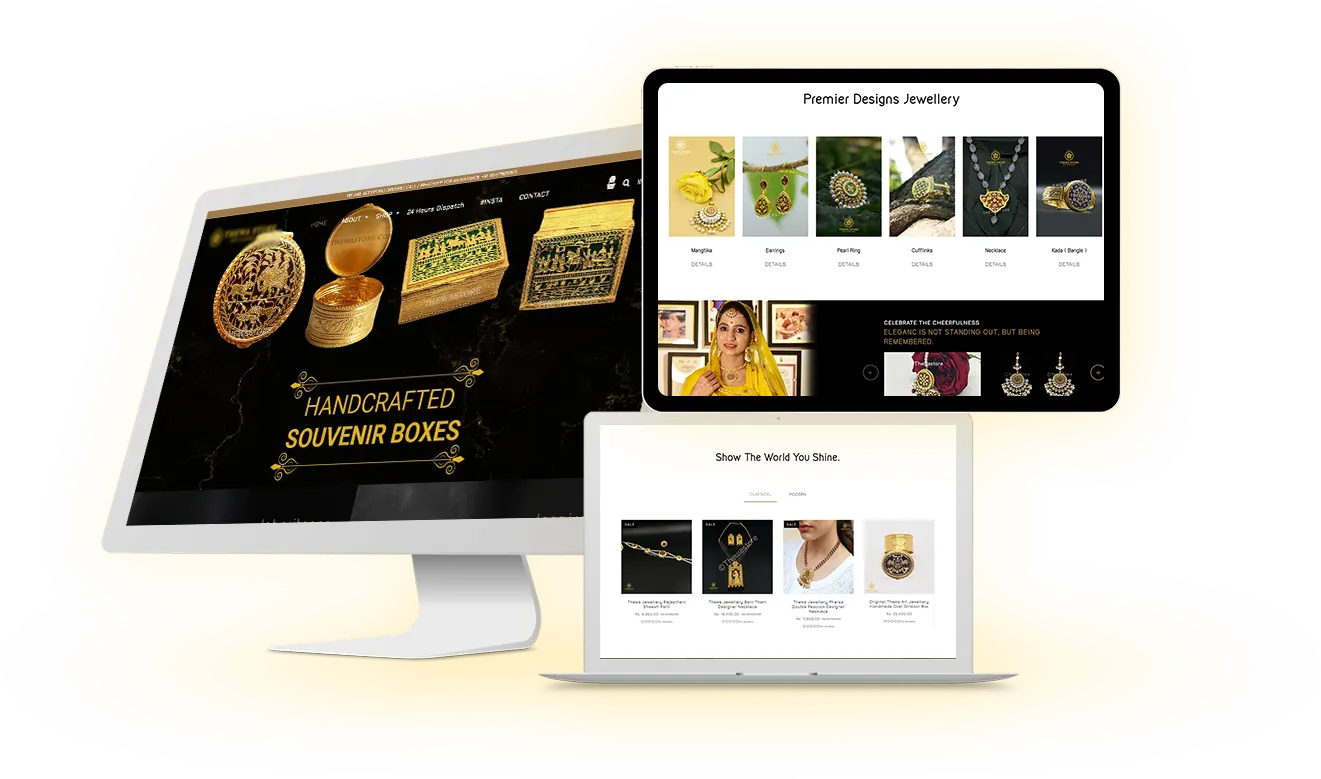
According to Statista, the global jewelry market is on a robust growth path—from roughly US $105 billion in 2024 to an estimated US $166 billion by 2029, with a projected CAGR of around 4.35% through 2030. Notably, in the G20 region alone, projected revenue hits US $216.31 billion in 2025, with China accounting for nearly US $120 billion, and 85% of sales coming from non-luxury items.
6. Private Label Products
Margin Potential: 50–300%
![]()
Global private label market continues its momentum—Europe dominates with over 40% share (USD 366 billion in 2024), while emerging regions like Asia Pacific show promising growth. Globally, the market is set to expand from USD 742 billion in 2022 to more than USD 2 trillion by 2032, reflecting strong consumer shifts toward quality and affordability.

Selling your version of popular products—such as skincare, fitness gear, or eco-friendly household items—can deliver strong margins, while branding them provides control over pricing and builds customer loyalty.
7. Beauty & Skincare Products
Margin Potential: 50–300%
Beauty and skincare products are a goldmine for Shopify store sellers. With low production costs and the ability to charge premium prices, these items offer some of the highest profit margins in the market. This opportunity is backed by a booming global industry, projected to grow from USD 639.47 billion in 2025 to USD 1,151.25 billion by 2034.
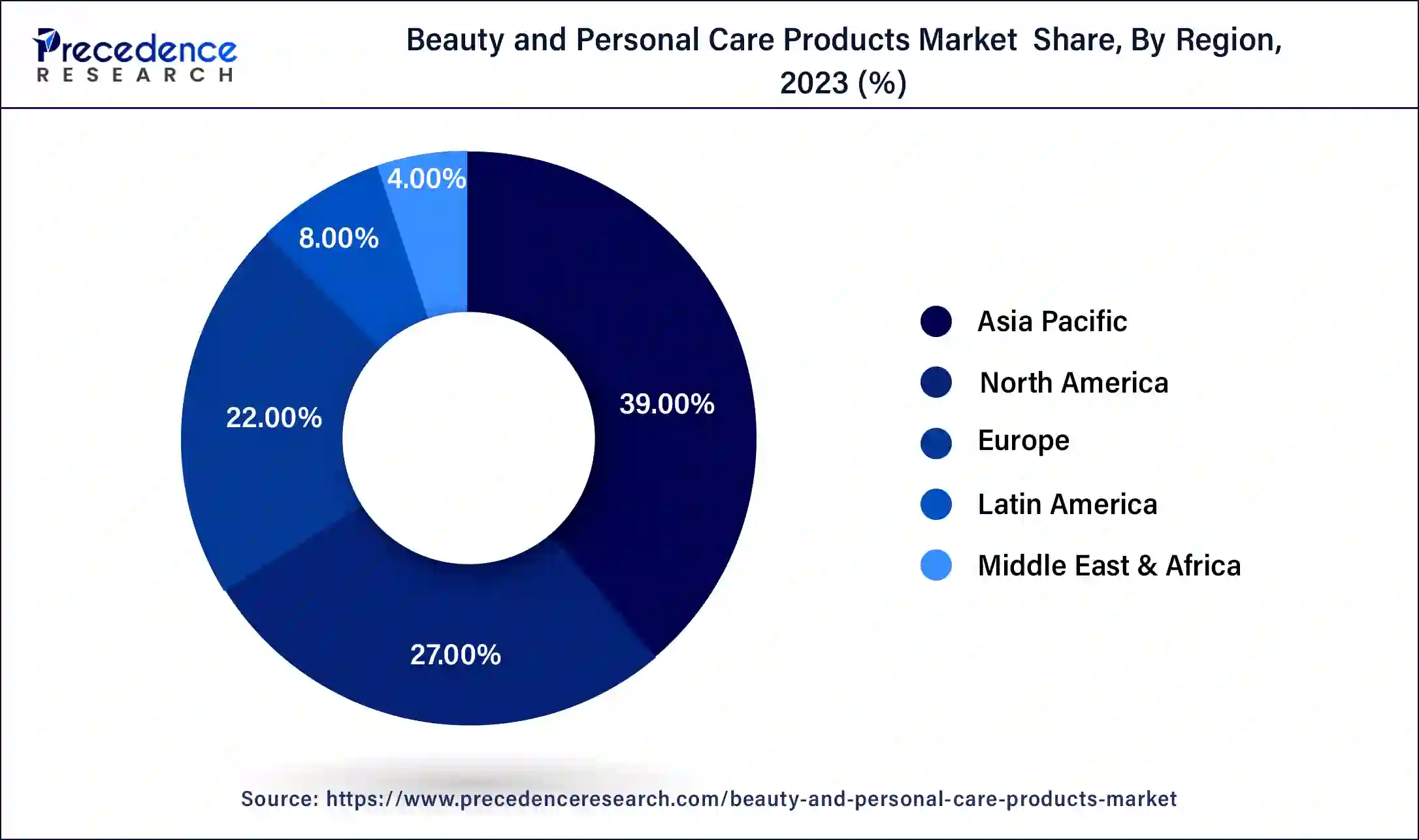
Rising demand for innovative, natural, and sustainable products is fueling this growth. Sellers who focus on strong branding, unique formulations, and strategic marketing can capitalize on both high margins and a rapidly growing customer base worldwide.
8. Smart Home Devices
Margin Potential: 40–200%
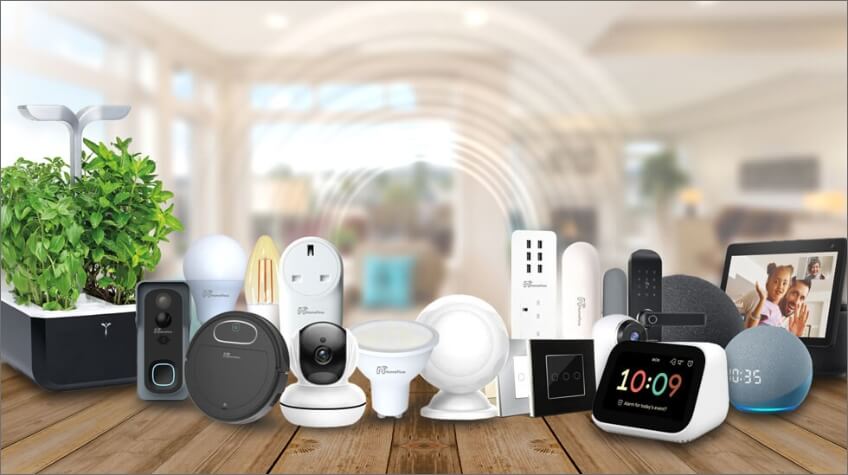
According to Scoop Market, 45% of U.S. internet-connected households own at least one smart home device, with smart speakers being the most common, installed in 79% of these homes. The global smart home device market is projected to grow from $126.22 billion in 2024 to $145.44 billion in 2025, reflecting a CAGR of 15.2%.
This rapid adoption presents lucrative opportunities for Shopify store owners. By offering complementary products that enhance the smart home experience, sellers can tap into a market with strong consumer demand and high-profit potential.
9. Fashion & Apparel
Margin Potential: 100–400%
According to Shenglufashion, U.S. apparel imports in early 2025 saw modest growth of 3.2% in value, after a surge driven largely by stockpiling in late 2024. Despite this slowdown, the average unit price of imported apparel rose to $3.06 per square meter equivalent (SME), reflecting increased production and sourcing costs from key suppliers like China, Vietnam, and Bangladesh.

For e-commerce sellers, this trend highlights an opportunity: higher sourcing costs often justify higher retail prices, especially for unique or branded items, allowing for substantial profit margins. Moreover, U.S. fashion companies remain heavily reliant on Asian suppliers, which means sellers who can strategically select or differentiate their product sources can capitalize on both demand and margin potential in a competitive market.
10. Eco-Friendly Products
Margin Potential: 50–300%

Eco-conscious products are proving to be some of the most profitable items in e-commerce. According to Capital One Shopping, 80% of global consumers are willing to pay more for eco-friendly products, and the U.S. eco-friendly retail market is growing 71% faster than conventional retail. In 2024, approximately 177 million American adults were eco-conscious shoppers, with Generation Z leading the trend—79% consider sustainability when choosing brands.
For e-commerce sellers, this presents a prime opportunity: higher willingness to pay allows for premium pricing, translating into strong profit margins. While cost remains a barrier for some consumers, sellers who offer uniquely branded, sustainable, and high-quality products can capitalize on both growing demand and higher profitability.
11. Gaming & Tech Accessories
Margin Potential: 50–250%

The gaming accessories market is a rapidly growing segment with significant profit potential. According to GM Insights, the global market was valued at $9.2 billion in 2023 and is projected to reach $20.7 billion by 2032, growing at a CAGR of over 5%. Technological advancements drive rising demand, the booming esports and competitive gaming sector, and an expanding gamer demographic across multiple platforms.

E-commerce sellers can capitalize on this growth by focusing on premium or niche gaming accessories. Products with advanced features, ergonomic designs, or brand prestige can be sold at higher prices, while the cost of manufacturing remains relatively moderate. With online sales channels making these products widely accessible, sellers have a clear path to maximize profit margins in a competitive yet high-demand market.
12. Luxury & Designer Goods
Margin Potential: 100–500%

According to recent data, the global luxury goods market is set to grow from USD 327.5 billion in 2024 to USD 480.5 billion by 2033, with Asia Pacific holding a dominant 37.7% share. Key segments like luxury fashion, leather goods, eyewear, and watches continue to see strong demand, driven by consumers’ desire for exclusivity and quality.
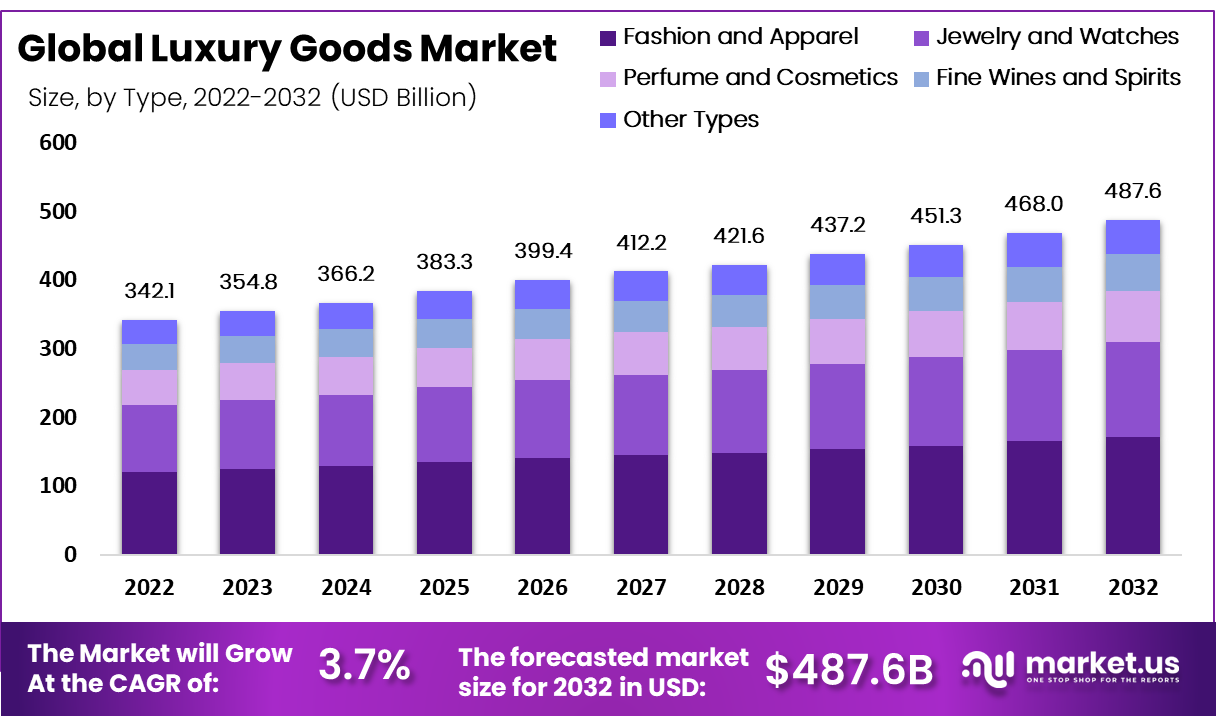
Shopify store owners can leverage this trend by offering high-end, premium products that justify substantial markups. The rise of secondhand luxury goods also opens doors for sellers to reach both aspirational and value-conscious buyers. With brand prestige and uniqueness as selling points, luxury goods remain one of the most profitable categories for sellers looking to maximize margins.
Key Traits of High-Margin Products
- In-Demand: These products are popular or solve common problems.
- Low Costs: They cost less to produce, ship, and store.
- Perceived Value: Customers are willing to pay more because of the product’s quality, brand, or unique features.
- Scalable: You can resell them repeatedly with minimal additional cost.
Why Pricing Strategy Matters More Than Ever
Finding high-margin products is just one piece of the puzzle. How you price those products is what determines how much profit you make. That’s where PriceMole can help. With features like:
1. Real-Time Price Automation

PriceMole helps you stay competitive by automatically adjusting your product prices based on market conditions. Instead of spending hours manually updating prices, the system works for you in the background. This ensures your prices are always aligned with demand, seasonality, and competitor changes. By keeping your prices updated in real time, you can increase sales opportunities and maintain profitability.
2. Competitor Monitoring

With PriceMole, you’ll always know what your competitors are charging. The platform tracks competitor prices across multiple channels and alerts you when changes happen. This gives you the chance to react immediately, whether that means lowering your price to win the sale or holding firm when you already have the advantage. By staying on top of competitor moves, you can protect your market share and avoid losing customers.
3. Flexible Pricing Rules

Every business has unique goals, and PriceMole lets you set rules that match yours. You can base your pricing on profit margins, competitor benchmarks, or specific sales targets. These rules ensure that your strategy is consistent and scalable, even if you manage thousands of products. With automation following your custom rules, you can focus on strategy while the system handles execution.
4. Market Insights

PriceMole doesn’t just give you data—it provides actionable insights. You’ll be able to see trends in competitor pricing, consumer demand, and overall market behavior. This knowledge helps you plan better promotions, identify gaps in your strategy, and make smarter pricing decisions. With transparent reporting and analytics, you can confidently move from guesswork to growth.
Whether you’re on Shopify, BigCommerce, or another platform, PriceMole helps you maximize your profits with minimal effort.
Summary

Make Smarter Moves! Selling high-margin products along with the right pricing strategy can skyrocket your profits. By focusing on high-margin products and using tools like PriceMole, you can stay ahead of the competition and grow your Shopify store in 2025.
Ready to grow smarter, not just faster?
Try PriceMole for free and start building your competitive edge today.
PriceMole—where dynamic pricing meets smarter selling.
Connect with us on our Website, Shopify, BigCommerce, Facebook, Twitter, and LinkedIn. We're here to help you win—and we’d love to hear what you think!
